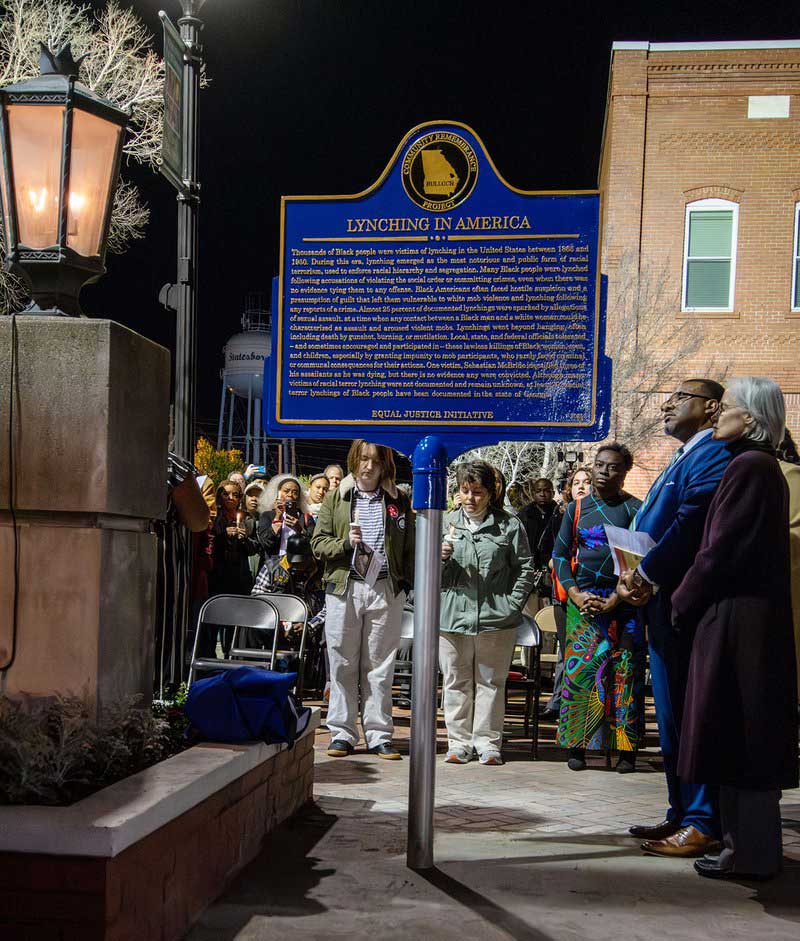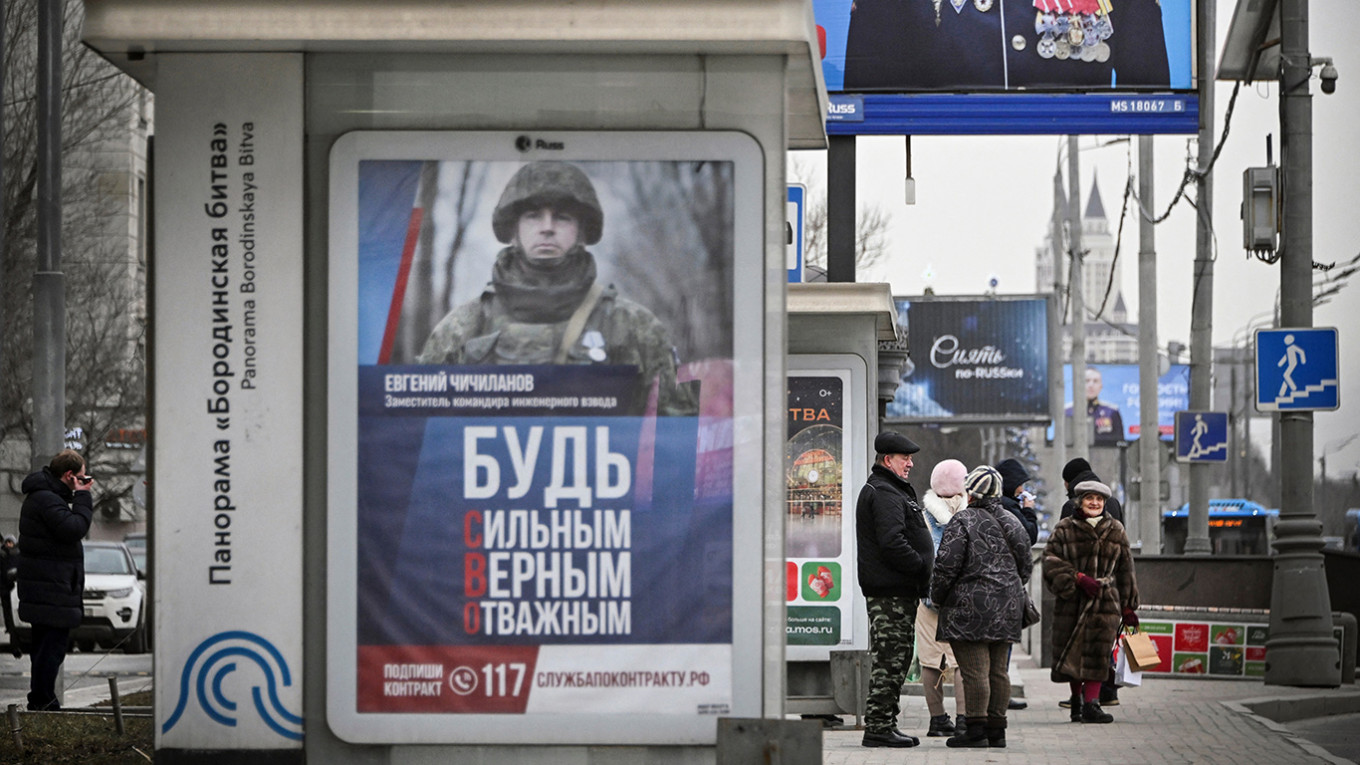
State Officials Announce $30 Million Funding for Sustainable Development Goals (SDGs) in South Central Indiana
Graphic provided A view of the planning area for the Columbus Regional Health development on Columbus’ west side.
State officials announced on Thursday that the South Central Indiana region, comprised of Bartholomew, Jackson, and Jennings counties, along with the town of Edinburgh, has received $30 million in funding through the Regional Economic Acceleration and Development Initiative (READI 2.0). This initiative is part of the state’s economic development efforts to achieve the Sustainable Development Goals (SDGs).
READI 2.0 Funding for Sustainable Development
The announcement was made following a meeting of the Indiana Economic Development Corp. board of directors, chaired by Governor Eric Holcomb in Indianapolis. The state officials awarded a total of $500 million in funding to regions across the state for the second round of READI 2.0.
The South Central Indiana Talent Region, which includes Bartholomew, Jackson, and Jennings counties, along with Edinburgh, had requested $75 million in funding. However, they received $30 million, which was the second highest per capita award in the state. This demonstrates that their application was well received.
The READI 2.0 funding is not tied directly to any single project. State officials emphasized the importance of understanding each region’s overall strategy for sustainable development, rather than just considering specific proposed projects.
Next Steps for Sustainable Development in South Central Indiana
The regional committee will now determine the next steps for utilizing the funds. They will first consider projects mentioned in their proposal and explore how the funds can be deployed across the region. Additionally, they may reach out to the community for any new ideas that have arisen since the application was submitted.
Furthermore, the region is awaiting news on an additional $250 million in grant funding made available through the Lilly Endowment Inc. These funds could also support sustainable development projects in the area.
Focus on Sustainable Development Goals
The South Central Indiana Talent Region’s application for funding focused on several key areas related to the SDGs:
- Innovation and entrepreneurship
- Education and workforce development
- Housing
- Quality of place
The application highlighted potential projects that align with these themes, including a vehicle innovation center at the former Walesboro airport. This center would foster collaboration between LHP Engineering and FORVIA to develop next-generation mobility technologies.
Another project mentioned in the proposal is the CityView District, a development by Columbus Regional Health on the city’s west side. This project aims to transform agricultural land into a mixed-use area with residential neighborhoods, commercial spaces, and green spaces.
Continued Commitment to Sustainable Development
This second round of funding comes two years after the South Central Indiana region received $30 million through READI 1.0. Several projects in the region have already benefited from this previous funding, including the Columbus Riverfront Project, NexusPark, and the extension of Main Street in Edinburgh.
The regional committee will continue working towards sustainable development goals and exploring opportunities for funding through READI 2.0 and other initiatives.
SDGs, Targets, and Indicators in the Article
1. Which SDGs are addressed or connected to the issues highlighted in the article?
- SDG 8: Decent Work and Economic Growth
- SDG 9: Industry, Innovation, and Infrastructure
- SDG 11: Sustainable Cities and Communities
The article discusses economic development initiatives, funding for regional projects, innovation and entrepreneurship, and the development of residential and commercial areas. These topics align with the goals of SDG 8, SDG 9, and SDG 11.
2. What specific targets under those SDGs can be identified based on the article’s content?
- SDG 8.1: Sustain per capita economic growth in accordance with national circumstances and, in particular, at least 7% GDP growth per annum in the least developed countries.
- SDG 9.1: Develop quality, reliable, sustainable, and resilient infrastructure, including regional and transborder infrastructure, to support economic development and human well-being, with a focus on affordable and equitable access for all.
- SDG 11.3: Enhance inclusive and sustainable urbanization and capacity for participatory, integrated, and sustainable human settlement planning and management in all countries.
The article mentions funding awarded to regions for economic development initiatives, the development of infrastructure projects such as a vehicle innovation center and a district for residential and commercial purposes. These align with the targets of SDG 8.1, SDG 9.1, and SDG 11.3.
3. Are there any indicators mentioned or implied in the article that can be used to measure progress towards the identified targets?
- Indicator 8.1.1: Annual growth rate of real GDP per capita
- Indicator 9.1.1: Proportion of the rural population who live within 2 km of an all-season road
- Indicator 11.3.1: Ratio of land consumption rate to population growth rate
The article does not explicitly mention these indicators, but they can be used to measure progress towards the identified targets. For example, the growth rate of real GDP per capita can indicate economic development (SDG 8.1), the proportion of the rural population living near all-season roads can measure access to infrastructure (SDG 9.1), and the ratio of land consumption rate to population growth rate can assess sustainable urbanization (SDG 11.3).
Table: SDGs, Targets, and Indicators
| SDGs | Targets | Indicators |
|---|---|---|
| SDG 8: Decent Work and Economic Growth | 8.1: Sustain per capita economic growth in accordance with national circumstances and, in particular, at least 7% GDP growth per annum in the least developed countries. | Indicator 8.1.1: Annual growth rate of real GDP per capita |
| SDG 9: Industry, Innovation, and Infrastructure | 9.1: Develop quality, reliable, sustainable, and resilient infrastructure, including regional and transborder infrastructure, to support economic development and human well-being, with a focus on affordable and equitable access for all. | Indicator 9.1.1: Proportion of the rural population who live within 2 km of an all-season road |
| 9.2: Promote inclusive and sustainable industrialization and, by 2030, significantly raise industry’s share of employment and gross domestic product, in line with national circumstances, and double its share in least developed countries. | N/A | |
| SDG 11: Sustainable Cities and Communities | 11.3: Enhance inclusive and sustainable urbanization and capacity for participatory, integrated, and sustainable human settlement planning and management in all countries. | Indicator 11.3.1: Ratio of land consumption rate to population growth rate |
Behold! This splendid article springs forth from the wellspring of knowledge, shaped by a wondrous proprietary AI technology that delved into a vast ocean of data, illuminating the path towards the Sustainable Development Goals. Remember that all rights are reserved by SDG Investors LLC, empowering us to champion progress together.
Source: therepublic.com

Join us, as fellow seekers of change, on a transformative journey at https://sdgtalks.ai/welcome, where you can become a member and actively contribute to shaping a brighter future.






